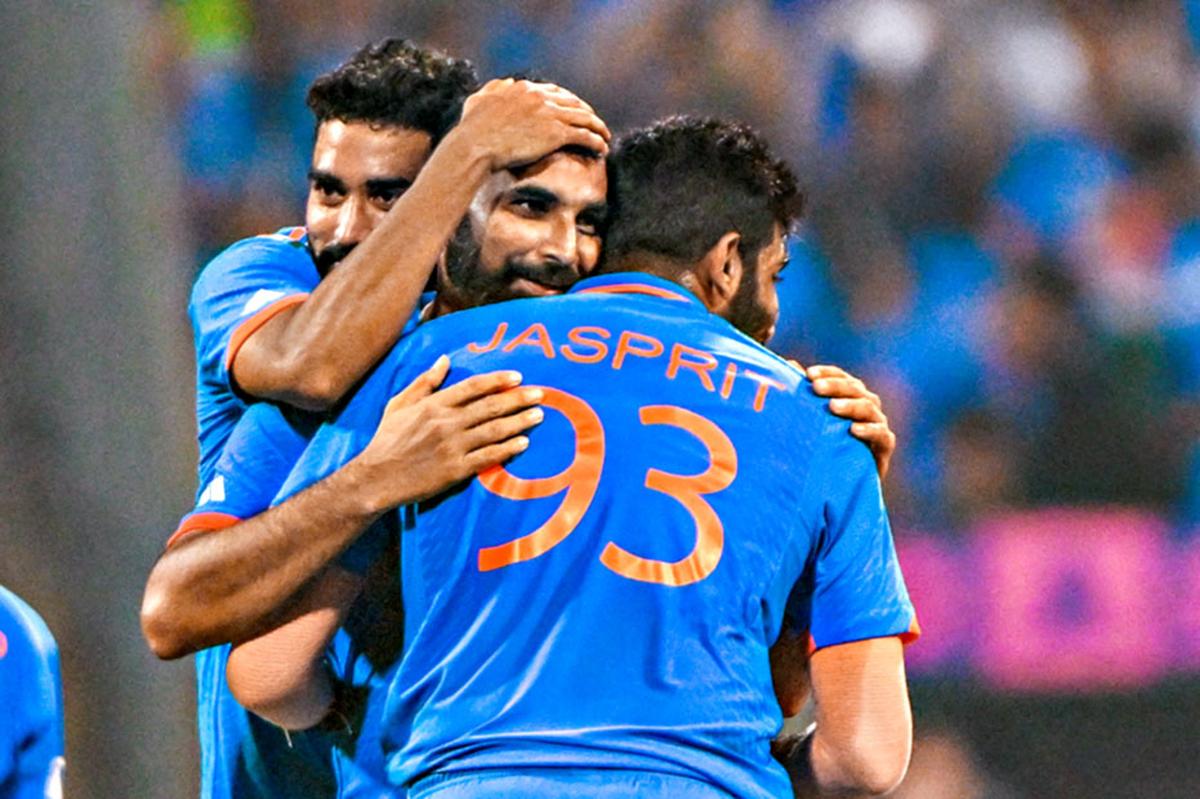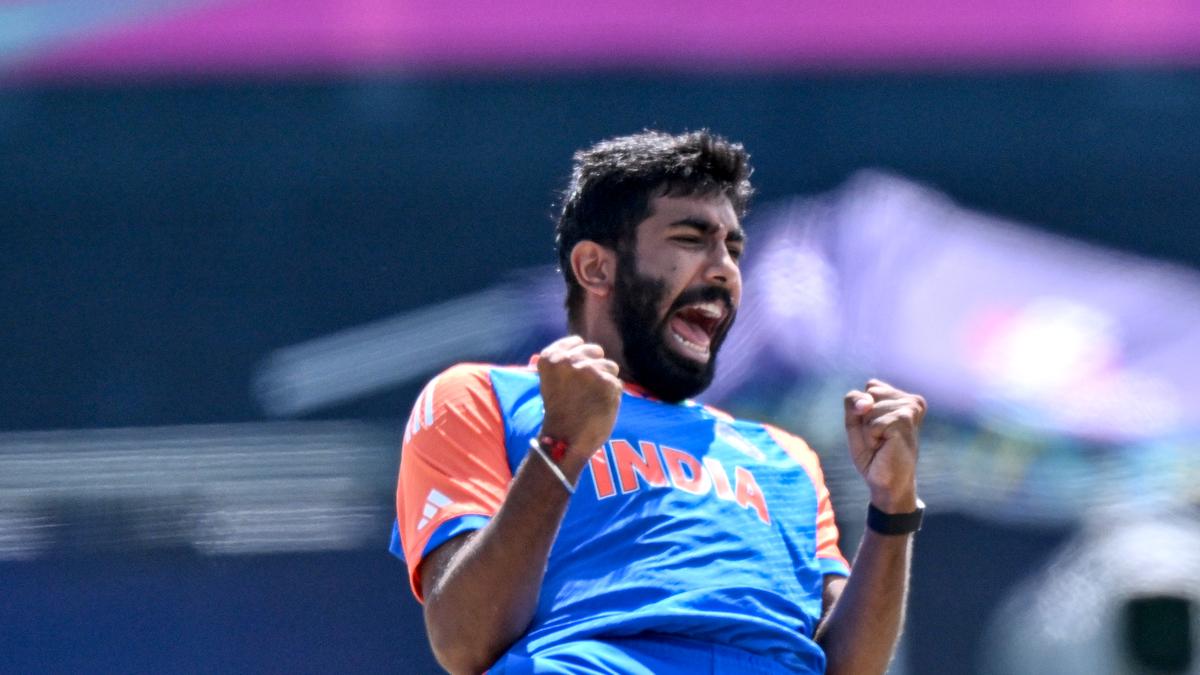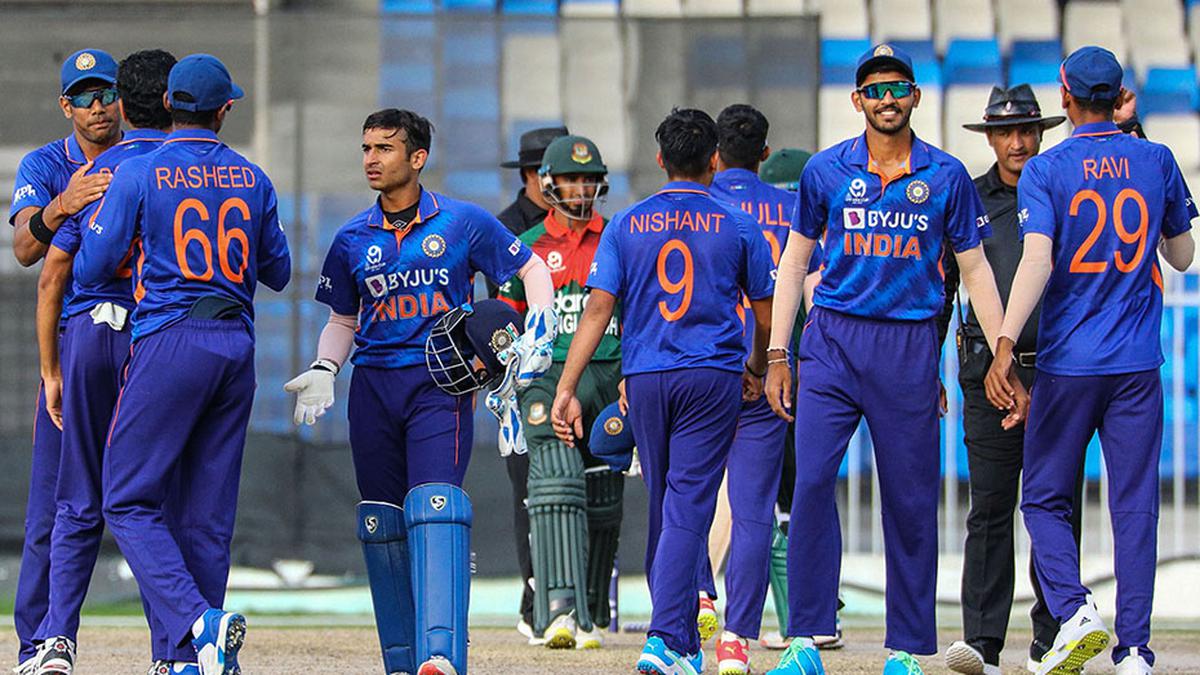A brilliant change of pace: how India went from twisting and turning to giving it unforgivingly straight
During his celebrated Test career, Sunil Gavaskar opened the batting in all but nine of his 214 innings. Less acknowledged is the fact that the Little Master also took the new ball in five innings.
That wasn’t so much because he was a fearsome, pacy little pocket dynamite – what an alluring prospect that! – as the fact that India needed someone to run in and bowl maybe an over or two before bringing their wonderful spinners into the picture.
How things have since changed! A searing revolution, that like most revolutions do, has gathered steam and come to such a pass that India now boasts a glittering array of pace-bowling riches spearheaded by the Kohinoor of fast bowling, Jasprit Bumrah, inarguably the best all-format quick bowler in the world right now.
The beginning
India’s pace stocks had began to rise much before Bumrah’s international debut in January 2016. Mohammad Nissar and Amar Singh have been romanticised in Indian cricket history, and rightly so, even if there are no great visuals to provide a glimpse of just how good they were.
Their wonderful exploits in India’s inaugural Test, against England at Lord’s in June 1932, are well documented – Nissar finished with six wickets for the game and Amar four in India’s 158-run defeat.
But over the years, a combination of the pitches in India, the mindsets of those that masterminded India’s progress and the sustained emergence of a succession of high-class spin bowlers which culminated in the coming together of the great spin quartet in the 1960s took the sheen off fast bowling.
India held its own at home, as expected, but didn’t have the resources to fight fire with fire overseas. Its spinners made an impact even in unfriendly conditions but for India to succeed regularly away from home, it had to assemble a crack fast-bowling outfit. It took the Men in Blue a while doing so, but look at where they are now.
Not until Kapil Dev made telling statements with his debut in Pakistan in the late 1970s did a growing tribe of young aspirants harbour ambitions of running in hard, attacking the bowling crease and giving the batters a serious working over. It didn’t take Kapil long to understand that, because he was at once the shock and the stock bowler, he had to recalibrate his bowling and sacrifice a little bit of pace at the altar of longevity. That Kapil’s sensational arrival coincided with the decline of the spin foursome meant the focus returned to fast bowling for the first time in the televised era.
Kapil catalysed a generation of young kids to take up fast bowling and before long, one of those who was inspired by the great all-rounder was bowling alongside him at the highest level. In modern-day Indian cricket, Javagal Srinath was the first true fast bowler in the real sense, his tall, lithe, wiry frame and a whippy action enabled him to hurry and harry and hustle batters, especially because he was blessed with the ability to bring the ball into the right-handers and get considerable bounce courtesy a high release point.
Fragmented fortunes
Pacers, however, came only in dribs and drabs. There would be one, maybe two at the most, who could top the 140 kmph mark repeatedly; there was no paucity of skill with the ball, but raw pace was another matter altogether. Until came along Mohammed Shami in 2013, and Bumrah two and a half years later. Oh, and Virat Kohli as skipper somewhere in between.
Mohammed Shami celebrates the wicket of David Warner of Australia during the ICC Men’s Cricket World Cup India 2023 Fina.
| Photo Credit:
Getty Images
The disparity in India’s results in Test cricket between home and away was a major talking point in cricketing circles. In its own backyard, India was practically invincible.
Brought up on a diet of high-quality spin bowling, India’s batters mastered spinners of all kinds when playing at home, while its own magnificent tweakers teased and tormented and lured overseas batters to their doom with ridiculous ease.
There was a tendency to gloss over repeated losses outside the sub-continent, in England where swing was pronounced, in New Zealand where the lush tracks encouraged generous lateral movement, in Australia where the hard decks translated to pace and bounce.
Kohli took it upon himself to set that record straight. It was always on the cards that he would succeed Mahendra Singh Dhoni as the Test captain, but few would have suspected that that would be as early as in January 2015. In the middle of India’s tour of Australia, Dhoni announced his retirement from the five-day game after salvaging a draw in the third of four Tests, in Melbourne.
Kohli’s first Test as the full-time captain was, ironically enough, on a traditionally spin-friendly deck in the New Year’s Test in Sydney, but within a few months, he had read his team the riot act, after a disheartening loss in Galle to Sri Lanka despite taking a potentially decisive first-innings lead.
Health is wealth
Two of Kohli’s greatest contributions to Indian cricket, apart from his mountain of runs, are the uncompromising insistence on fitness and the piecing together of a pace attack that alone, he was rightly convinced, could help India win Tests in Australia and England, South Africa and New Zealand.
Between Srinath and Shami, India had numerous fast bowlers – Venkatesh Prasad, Zaheer Khan, Ashish Nehra, Ajit Agarkar, Irfan Pathan, Lakshmipathi Balaji, Munaf Patel, S. Sreesanth, Ishant Sharma, R.P. Singh, Bhuvneshwar Kumar, among others – but apart from Zaheer and Ishant, and to a certain extent Pathan, the rest fell by the wayside for one reason or the other.
It wasn’t until Shami broke through on his debut against West Indies in Kolkata in November 2013 with a sensational burst of reverse swing that the latest revolution kicked off. Bumrah’s debut two and a bit years later, in white-ball cricket under Dhoni, convinced Kohli and team director Ravi Shastri that in time, the unconventional speedster from Gujarat would be a huge success in the five-day landscape too. The hunt to unearth a band of fast bowlers was helped along by a BCCI diktat mandating a certain amount of grass on pitches for domestic cricket, and the incessant efforts of Bharat Arun, the long-serving bowling coach of the national team, bore fruit in the assemblage of an attack for the ages.
Today, teams that once didn’t think twice about laying out green carpets or bouncy decks when India came calling are caught in a dilemma. India’s batters are skilled enough to come through demanding tests, but India’s bowlers also possess sufficient quality and are numerically adequate to pay back in kind. In Durban in 1996, for instance, few don’t remember that India were bowled out for 100 and 66. Not many might readily recall that South Africa itself made only 235 and 259; Hansie Cronje, the then South African captain, proclaimed that the difference between the teams was that while he could fall back on four outstanding pacers (Allan Donald, Shaun Pollock, Lance Klusener and Brian McMillan), his opposite number Sachin Tendulkar’s hands were tied because he had only Srinath and Prasad as his principal weapons.
Too hot to handle
Cut to Cape Town in January 2024 and, even without Shami, India ran hot at Newlands. Mohammed Siraj sent the host packing for 55 on the first morning with six for 15, Bumrah took six for 61 in the second innings and India completed a two-day victory by seven wickets. There’s no gainsaying how much more damage could have been inflicted had Shami been available for selection.

Mohammed Shami, Mohammed Siraj and Jasprit Bumrah celebrate after Shami takes his fifth wicket during ICC Cricket World Cup 2023 Semi Final India and New Zealand.
| Photo Credit:
EMMANUAL YOGINI
The embarrassment of riches has spilled over to white-ball cricket too. At the ongoing T20 World Cup, Bumrah and Siraj are being backed up by Arshdeep Singh, the left-arm swing exponent who has a mean yorker and clever changes of pace, and vice-captain Hardik Pandya with a penchant for testing out the bounce in the surface. Despite his injury travails, Pandya often tops 140; in the travelling reserves until Avesh Khan returned home were he and Khaleel Ahmed. Mayank Yadav forced people to sit up and take notice with his control at 150-plus kmph during the IPL, and across franchises and state sides, there is a noticeable slant towards pace which has coincided with, or even precipitated, the dwindling of quality spin bowlers.
India has graduated – if that’s indeed the right word – from the land of spin to a nation with outstanding fast-bowling talent. Quality has been backed up by depth, not just quantity, and even when Bumrah was out for a year with a stress fracture of the back, India didn’t suffer hugely. Of course they missed their spearhead, but they found ways to fill the giant void. In fact, such was their depth that they left Shami out of their World Cup XI until Pandya’s ankle injury forced them to rejig their combination. Shami responded by picking up five-fors for fun.
For all of Shami’s virtuosity and Siraj’s fire, it’s Bumrah who is the unquestioned leader. The hyperextension of his right elbow gives him an advantage that he has made the most of. As Balaji said the other day, he is a great example, like Wasim Akram, of using sport to bowl fast, not athleticism.
“Most great fast bowlers build up momentum in their run-up, but Wasim bhai and Bumrah rely more on their upper bodies and do everything with their bowling arm, their wrist. That’s why they are able to succeed on even docile tracks; they take the pitch out of the equation.”
There is a reason why India is No. 1 in the world in both limited-overs versions and No. 2 in Test cricket. It’s not hard to see what that is.



